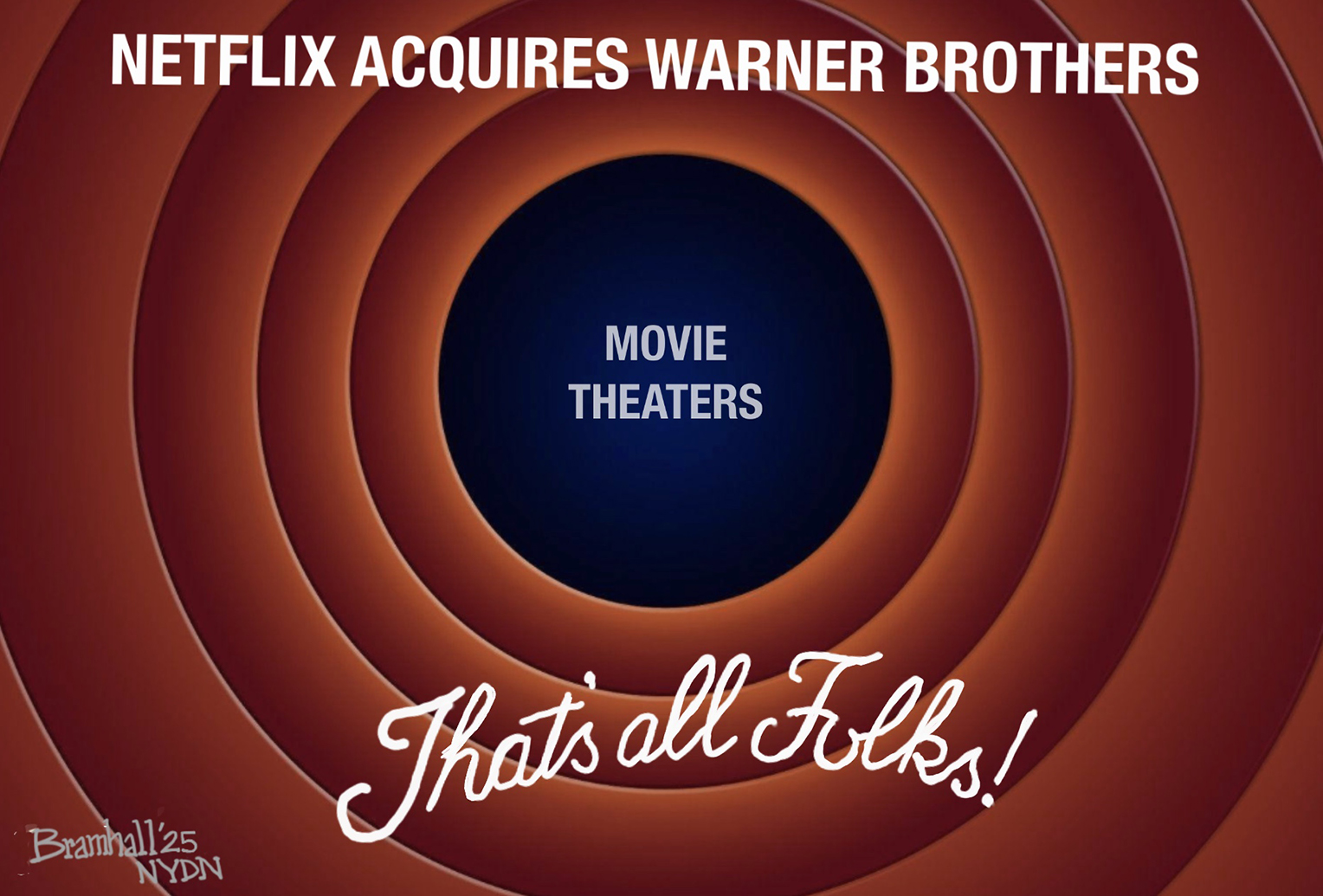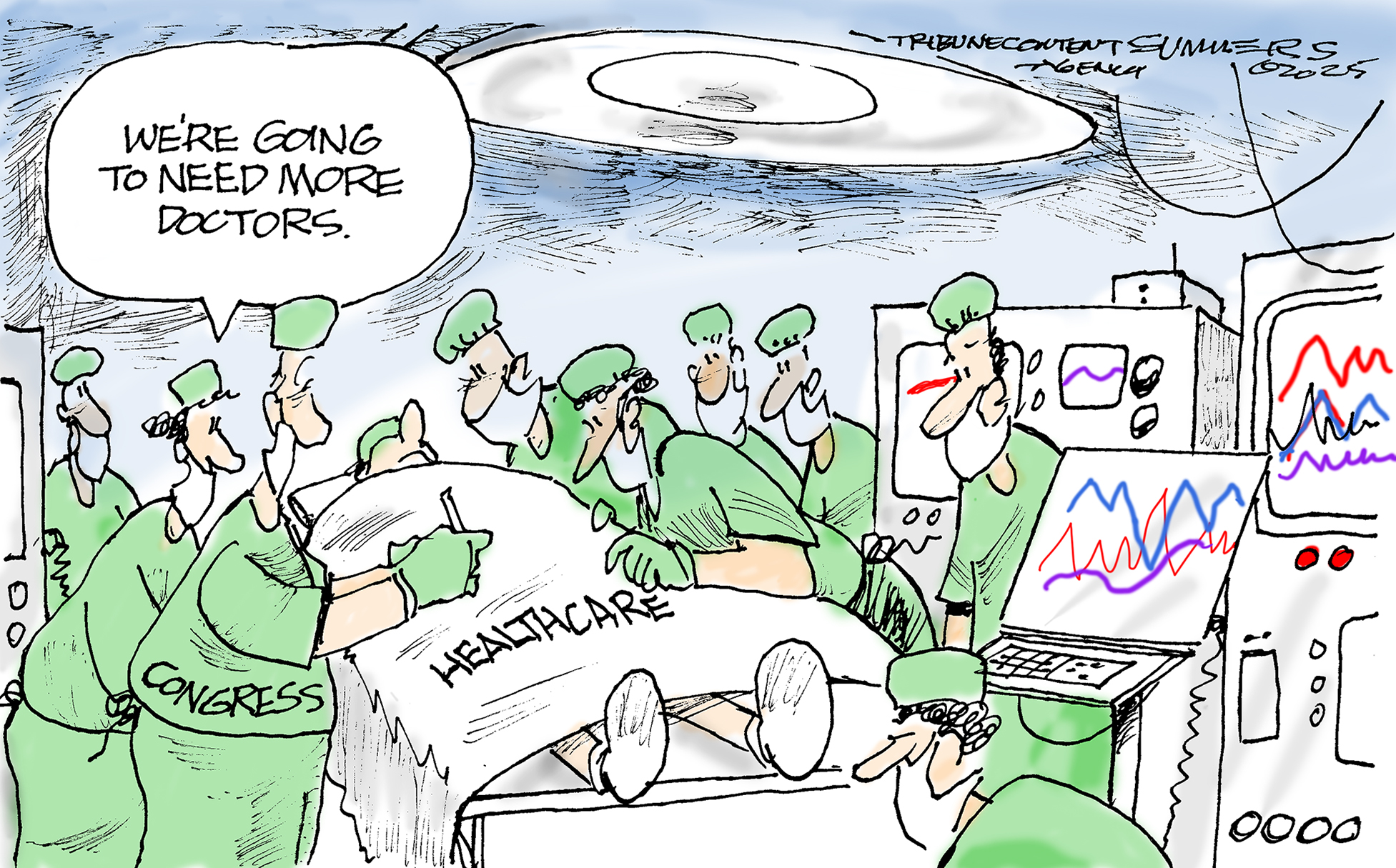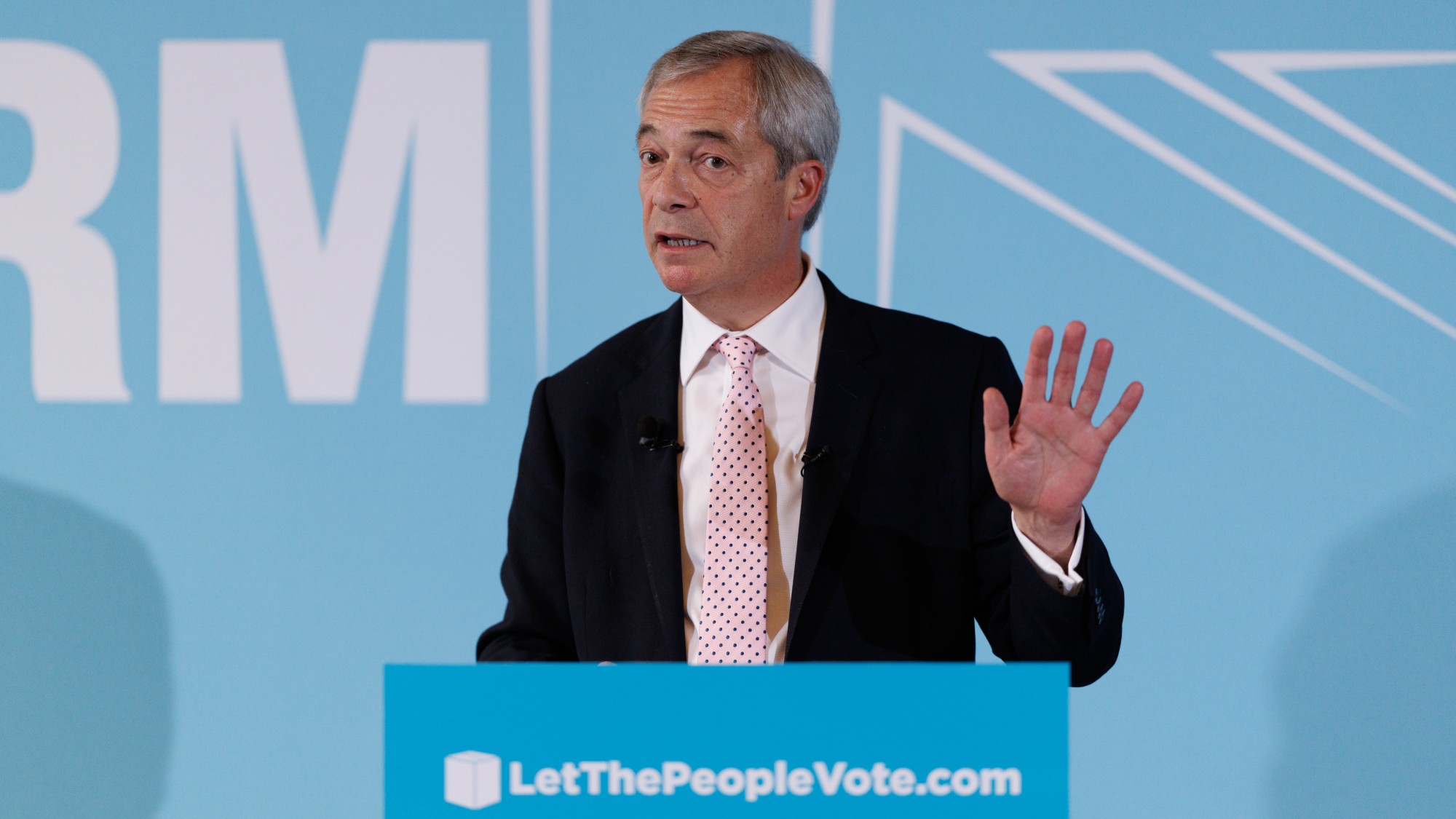Exhibit of the week: Damien Hirst: The Complete Spot Paintings 1986–2011
The retrospective of Hirst's 300-plus spot paintings is being displayed in Larry Gagosian's galleries all over the world.
At the Gagosian galleries in New York, Los Angeles,
and six other cities worldwide
Damien Hirst is back and as “blatant as ever,” said Jerry Saltz in New York. Last week, the British provocateur mounted an international retrospective of his “spot paintings,” using all 11 of Larry Gagosian’s widely strewn galleries to ensure that for five weeks, “the sun will never set on a Hirst spot.” The 300-plus works, most of which resemble multihued Twister mats, are “spiffy riffs on Sol LeWitt’s ’60s formula: authorless paintings that can be made by anyone”—and are usually made by assistants. Each spot painting, seen alone, “looks cheery, fresh, and modern.” But displaying them by the hundreds in cities across the globe is just another reminder from this once-exhilarating artist of how far off course he has veered since he became an art-world superstar 20 years ago. Back then he stirred us by putting a floating shark and a rotting cow head in museum-quality vitrines. Today, his specialties are “b.s., bad art, and blatant moneymaking.”
The Week
Escape your echo chamber. Get the facts behind the news, plus analysis from multiple perspectives.

Sign up for The Week's Free Newsletters
From our morning news briefing to a weekly Good News Newsletter, get the best of The Week delivered directly to your inbox.
From our morning news briefing to a weekly Good News Newsletter, get the best of The Week delivered directly to your inbox.
If nothing else, Hirst’s latest circus act should prove that he still “plays the art market as successfully as anyone,” said Jori Finkel in the Los Angeles Times. In 2007, he famously created a diamond-encrusted skull priced at $100 million. In 2008, he brought in $200 million at a Sotheby’s auction held just before the global financial collapse. Given that the spot paintings have previously sold for up to $1.8 million each, he stands to make another killing on the 100 or so canvases that will be up for sale. And that won’t even be the end of it. Though Hirst may have painted only five of the works himself, his assistants have churned out at least 1,400 since 1986.
What happens with this sale could affect every artist, said Bob Duggan in BigThink​.com. Hirst has for years represented the art world’s “1 percent.” Like fellow headline-grabber Jeff Koons, he has produced work of questionable value but seen the work ride a market bubble that seems to have only inflated further with wealth’s post-2008 flight from financial securities. Already “there’s a creative, hard-working 99 percent out there that suffers” because Hirst and Koons are “sucking up all the oxygen and publicity.” Yet if the bubble for elite artists bursts, it may take with it “all the possible investors” in contemporary art. Either way, “the future of art, which in many ways is the future of the art business, looks bleak.”
A free daily email with the biggest news stories of the day – and the best features from TheWeek.com
-
 5 loony toons about the Warner Bros. buyout
5 loony toons about the Warner Bros. buyoutCartoons Artists take on movie theaters, high quality cinema, and more
-
 Political cartoons for December 13
Political cartoons for December 13Cartoons Saturday's political cartoons include saving healthcare, the affordability crisis, and more
-
 Farage’s £9m windfall: will it smooth his path to power?
Farage’s £9m windfall: will it smooth his path to power?In Depth The record donation has come amidst rumours of collaboration with the Conservatives and allegations of racism in Farage's school days